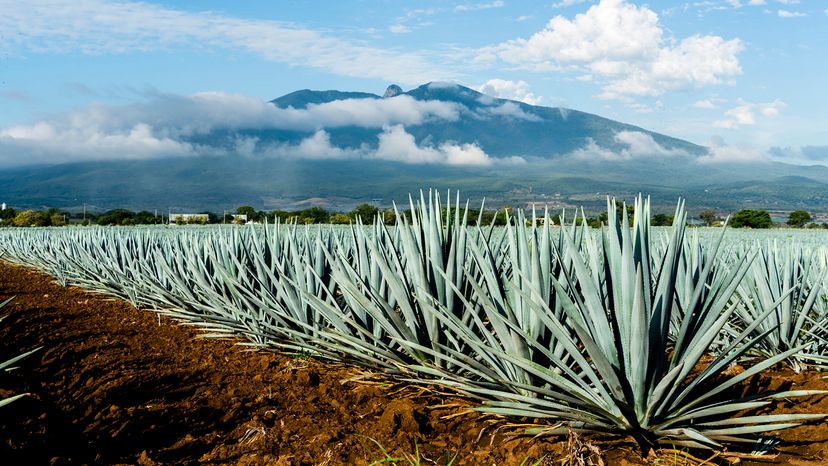The Aztecs made a significant contribution by introducing the world to a deep scarlet color in fabric dyeing that was previously unseen in Europe before the Spanish conquest of the early 16th century.
Before this encounter, Europeans primarily used madder red, a plant-based extract, to dye their fabrics, resulting in a paler shade compared to the vibrant hue achieved by the Aztecs.
The innovation lay in their use of the cochineal beetle. This tiny insect thrived on prickly pear cacti and possessed a remarkable secret: Approximately one-quarter of its body consisted of carminic acid, the crucial ingredient responsible for producing the vivid red dye. This meant that an astonishing 70,000 cochineal insects were required to produce just one pound of this valuable dye.
Upon discovering this brilliant dye source, the Spaniards promptly began exporting it to Europe, eager to capitalize on this newfound commodity. They diligently safeguarded the source to maintain their monopoly, and cochineal dye became a cornerstone of their economy for over three centuries.
The high cost of the dye limited its use, primarily adorning the red coats of British army officers and the robes of Catholic cardinals.
As the 19th century came to a close, synthetic alternatives to cochineal were developed, leading to a decline in its usage for fabric dye. However, cochineal did not entirely disappear; it found a new purpose as a popular food dye, highly prized for its organic nature.
Today, cochineal continues to be employed in various culinary applications, leaving a lasting legacy from the Aztecs as a source of vibrant color in our modern world.
This article was updated in conjunction with AI technology, then fact-checked and edited by a HowStuffWorks editor.

